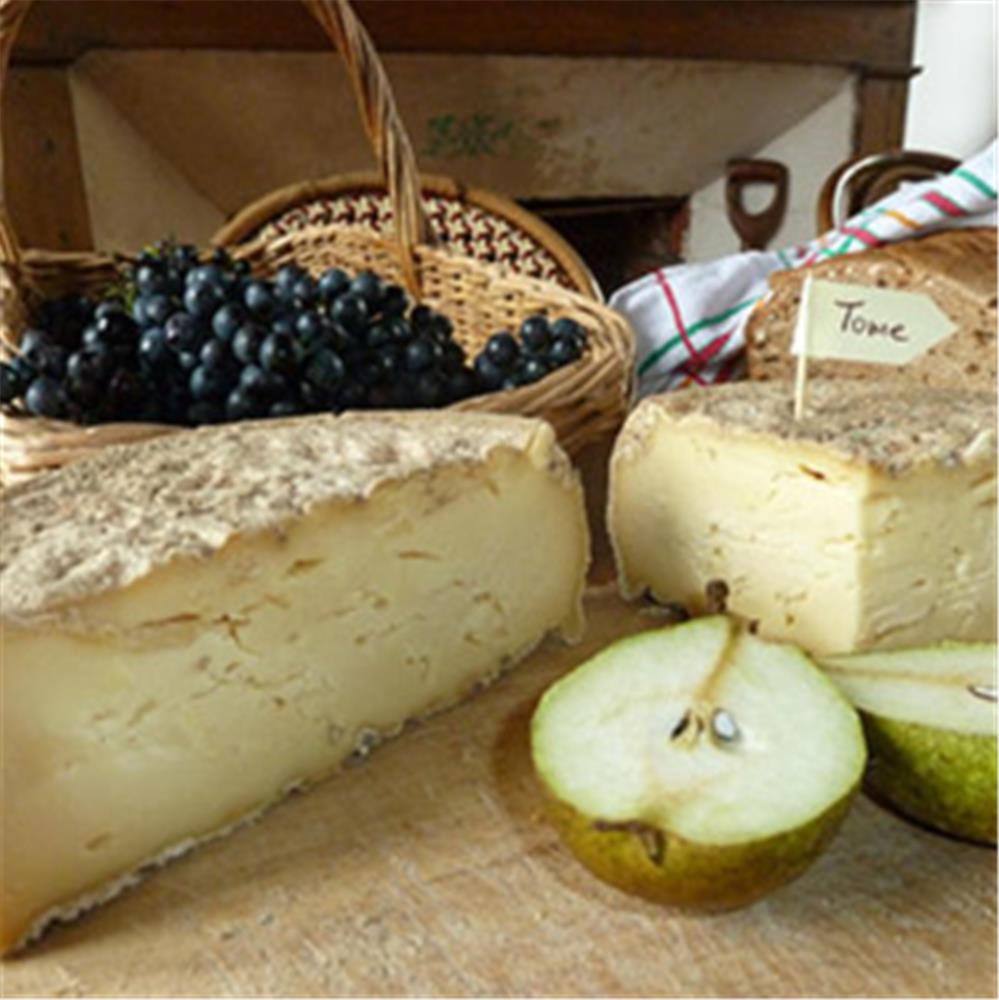Parmesan ,Mozzarella , Serac , Brousse , Blue , Tomme or pie-shaped , with a little milk and rennet these types of cheesecan easily be made at home ...
Whatever type of cheese: parmesan, mozzarella, brousse or even blue, the principles are similar The only difference is if you have a steriliser or a large pot that can hold a food plastic bucket containing 11 litres water and if you have a cellar for refining, you can make your own tommes.
Whether you are making Tomme with milk from a cow, goat or sheep, the steps described below are the same. The taste is the only thing that changes.
With 10 litres of milk costing between 6 and 10 euro depending on whether it comes from a cow, goat or sheep, you will make a 1 kg Tomme that costs 22 euros or 300-400 grammes of Sérac cheese.
1 Milk < / b> Get 10 litres of hot raw milk at a farm. When it comes out it is at 32° C. You can keep it at 5 degrees for 12 hours but raw milk does not keep well. It turns acidic and unfit for making cheese.
2 Adding rennet * With the mixing doses, everything becomes extremely simple. Each tube contains fermenting agents and rennet. Heat your milk to 40° C **. Pour the contents of two tubes (1 tube = 5 litres of milk), mix and wait one hour keeping the milk in a room between 20 and 25° C. Your milk will start to curdle.
3 Change As a result ofthe rennet and the curdle your milk will take on the consistency of a jelly. It is now time to push out the whey. With a barbecue stick, cut into squares to obtain small 1 cm cubes.
4 Stir Stick your arm in the bucket to mixing without breaking the cubes while slowly increasing the temperature to reach 36° C after 40 minutes.
5 Cast Place a cheesecloth into a mould and fill it by scooping out the curd with a pitcher.
Recover the whey for Sérac or brousse cheese.
6 First pressing Fold your cheesecloth over the curd and cover with a mould on which you place a weight of 5 kg. Keep well balanced. Leave to drain with the weights for 40 minutes.
7 Second pressing Carefully remove your cheese from the first mould and place it on a flat surface. Pull gently on the fabric to remove creases and put in a mould. It may be preferable to use a smaller mould to avoid the cheese being too flat. This time, leave for 12 hours with a 10 kg weight. Beware of falls! The weight must be perfectly balanced ...
8 Brining Brinign can quickly absorb some of the water contained in your tomme. Turn the cheese out and immerse it in a jar full of water mixed with 1 kg of coarse salt for 12 hours. (About 20%) You can keep the covered mixture in a cool place for another batch.
9 Draining Take the tomme brine and place for 12 hours away from flies on a perforated plate that it is well drained.
10 Mature in a cellar On a pine plank pine in a pantry or in a cellar, your cheese will age slowly. Turn it every other day for at least two months. If you extend the maturing time, it will be even better! Enjoy ...
* With the cheese fermenting agents used by craftspeople
It´s not always easy to find but if like me you have friends in the trade, get a bit of PM1 Delta and Alpha 3. You only need a little. During this stage your milk should remain at a constant temperature. A good solution is to put your 10 litre bucket of milk in a water bath in your steriliser to constantly maintain 32° C. The equivalent of a grain of corn of each agent is close enough. Mix milk to 32° C and let stand for 40 minutes. Hold at 32° C covering your bucket and your sterilizer. After 40 minutes you will need to add rennet to curdle. Pour 15 ml of rennet (you can find it in any pharmacy) into your milk, stirring gently for 5 sec. Leave for 40 minutes, still at 32° C. Once your milk has curdled, continue from step 3: Change.
** With the tubes, if you are sure to keep a consistent and precise temperature (water bath) you can sow at 32/34 ° C. With the exception of step 2 (fertilising, adding rennet) all the above advice is from Anne-Marie Waser and we thank her warmly for it.






























































